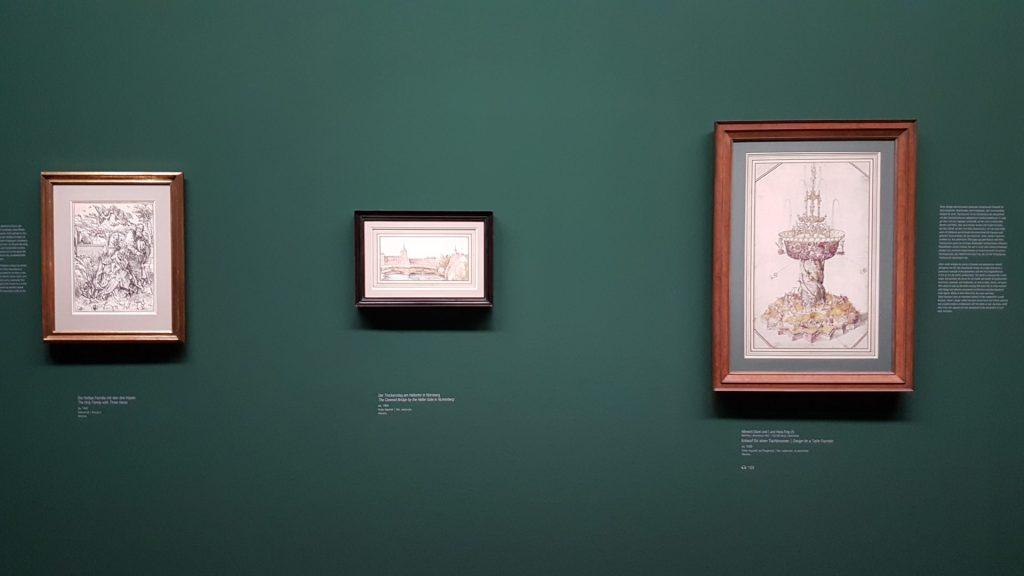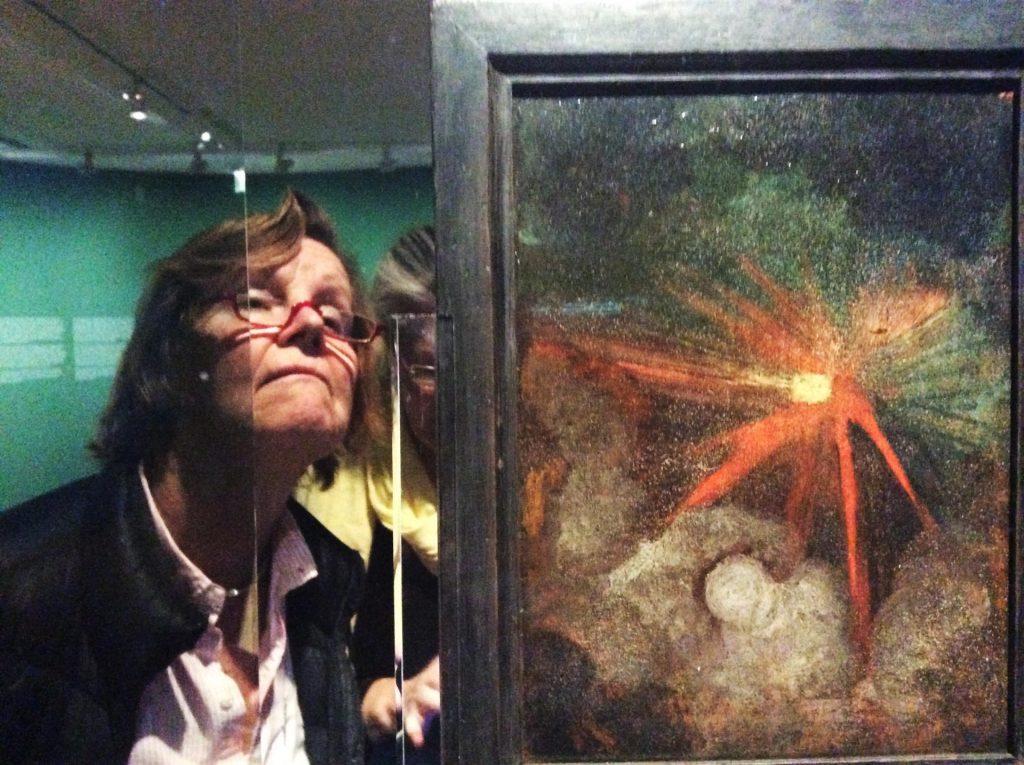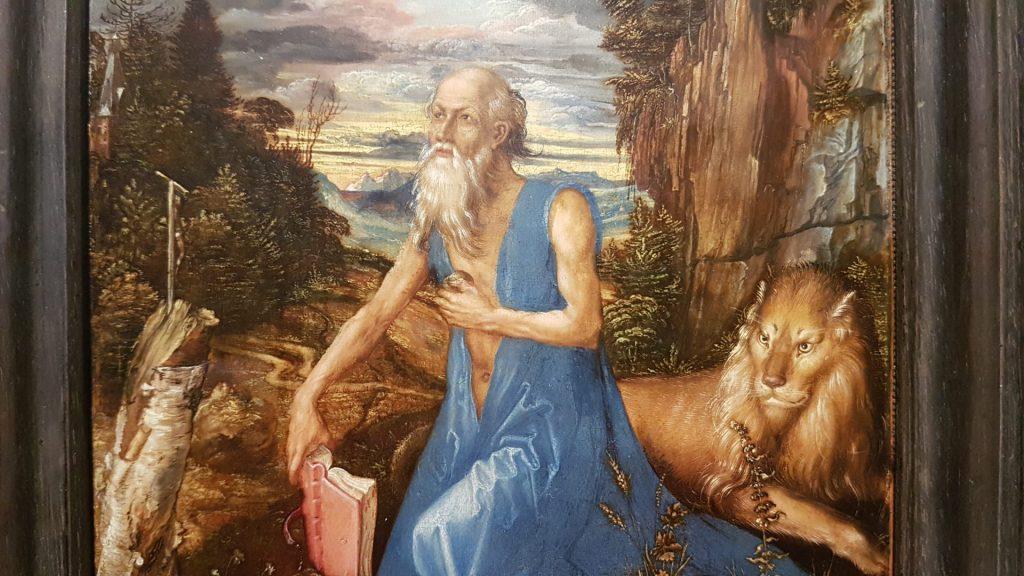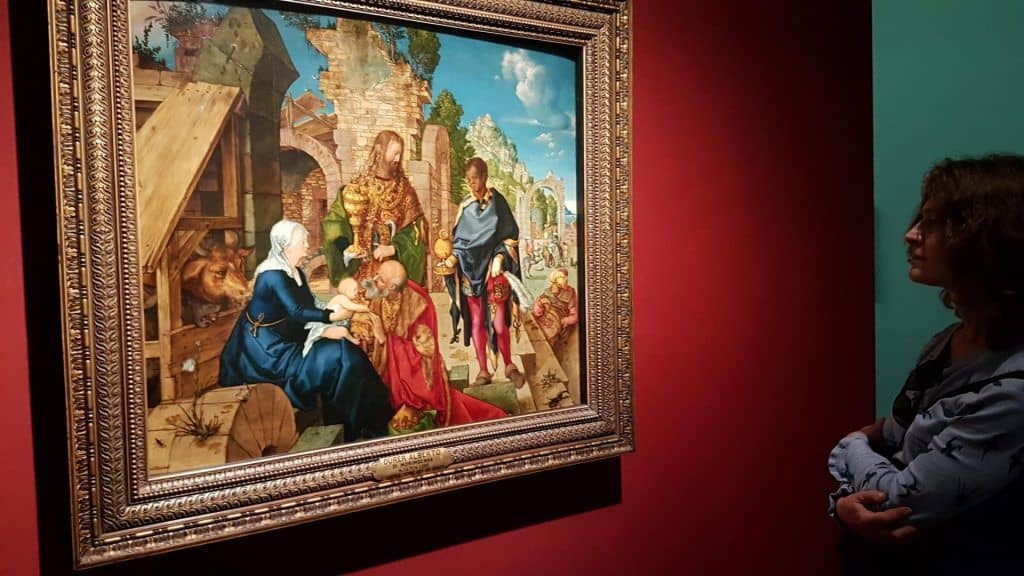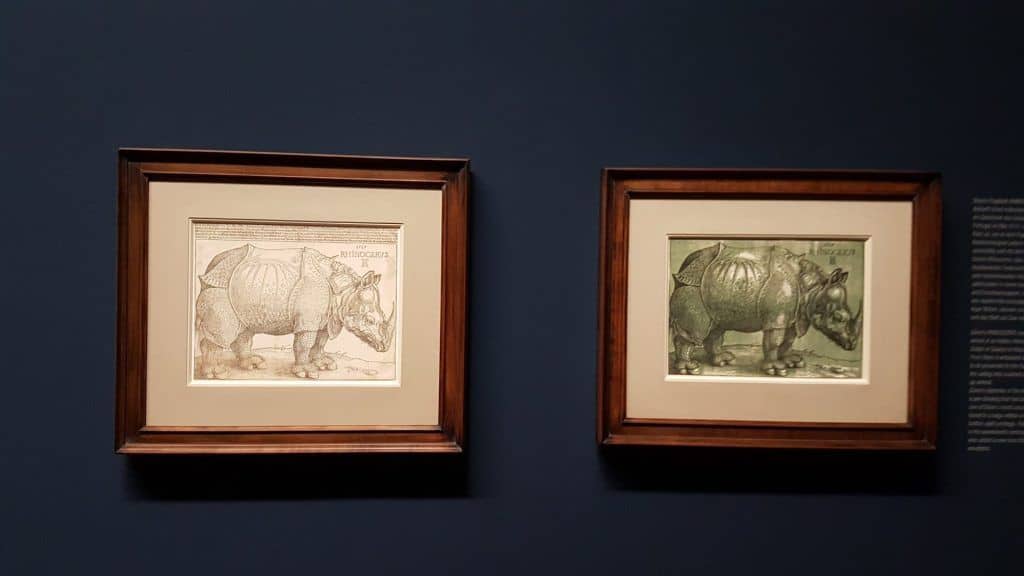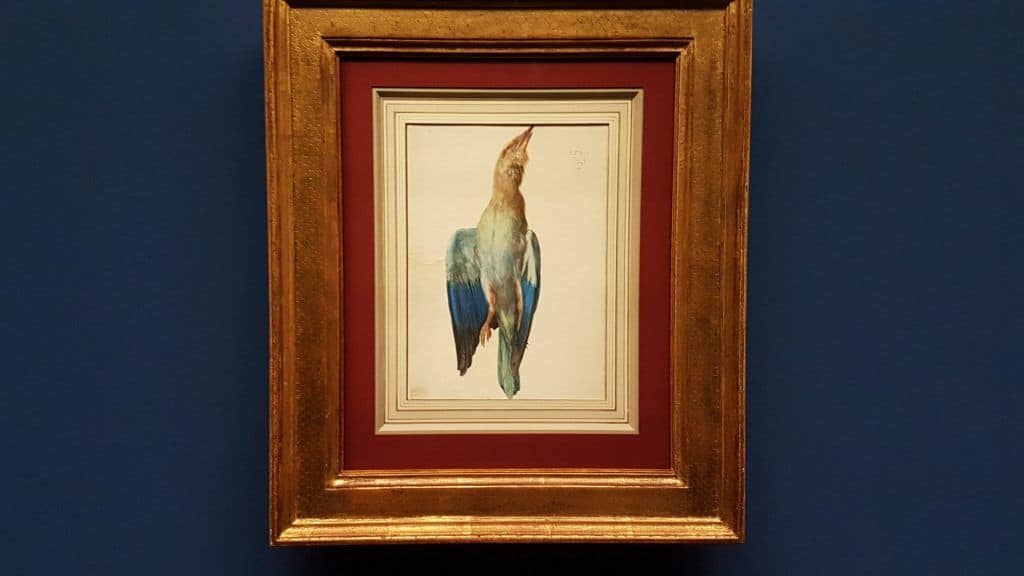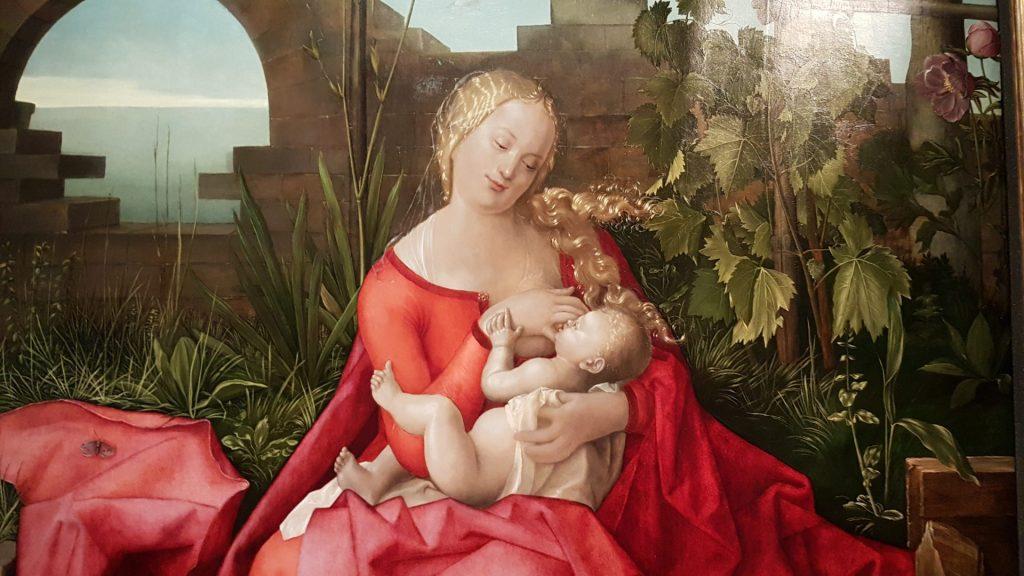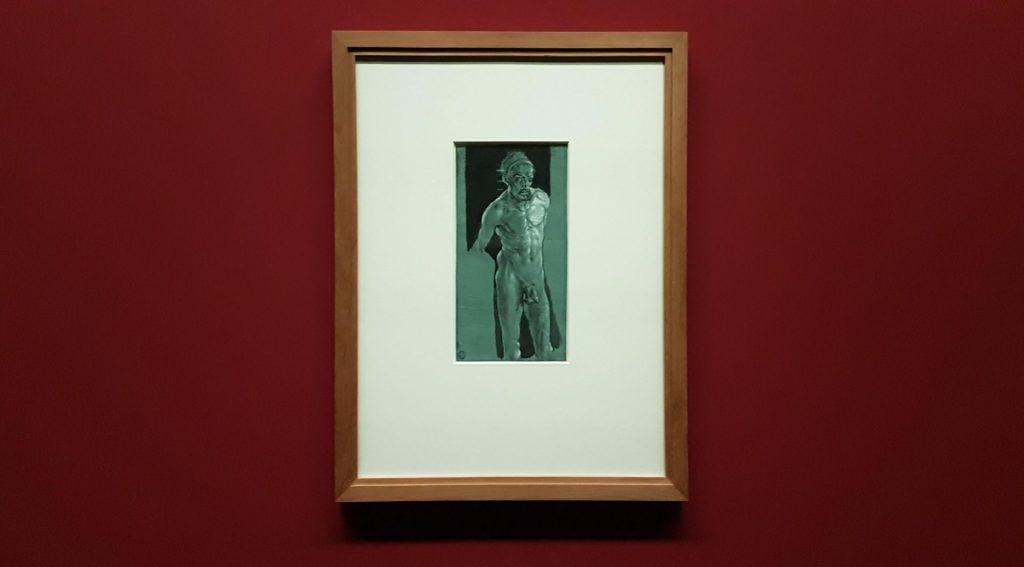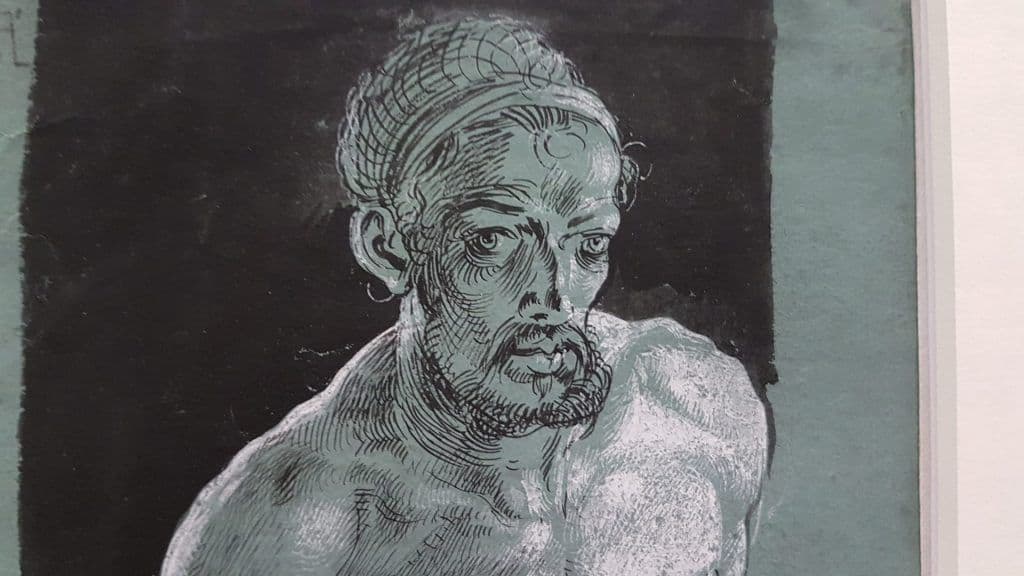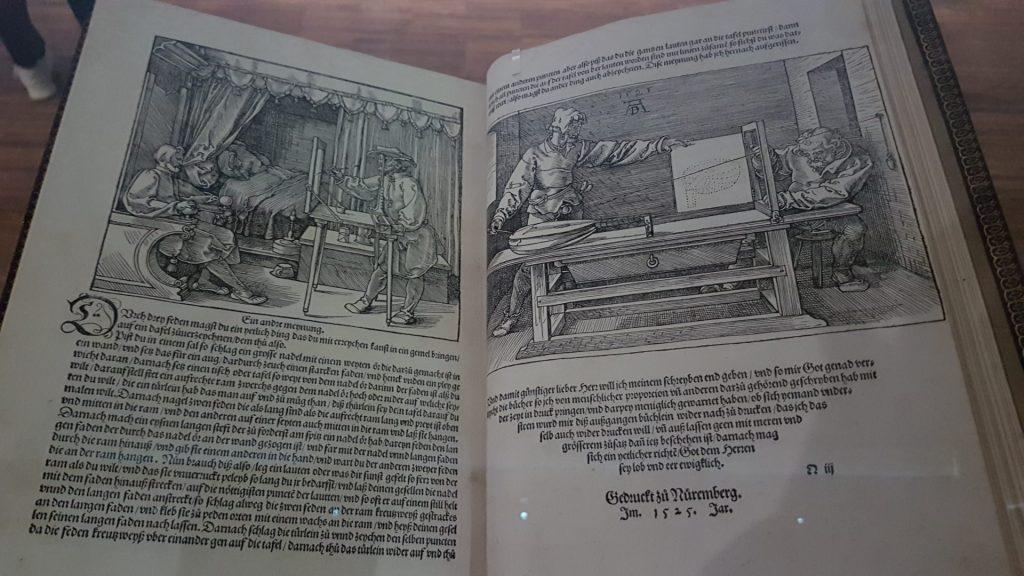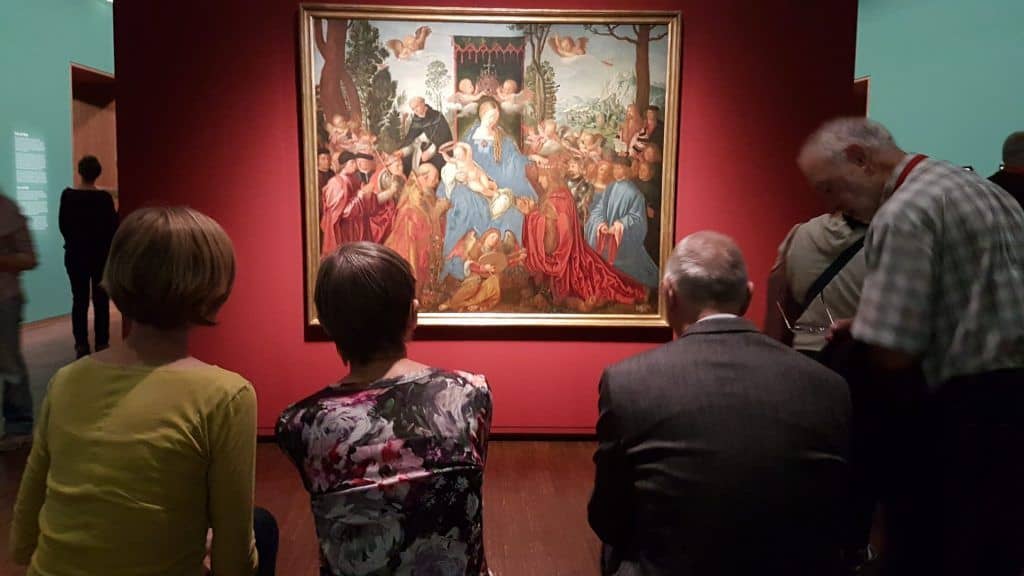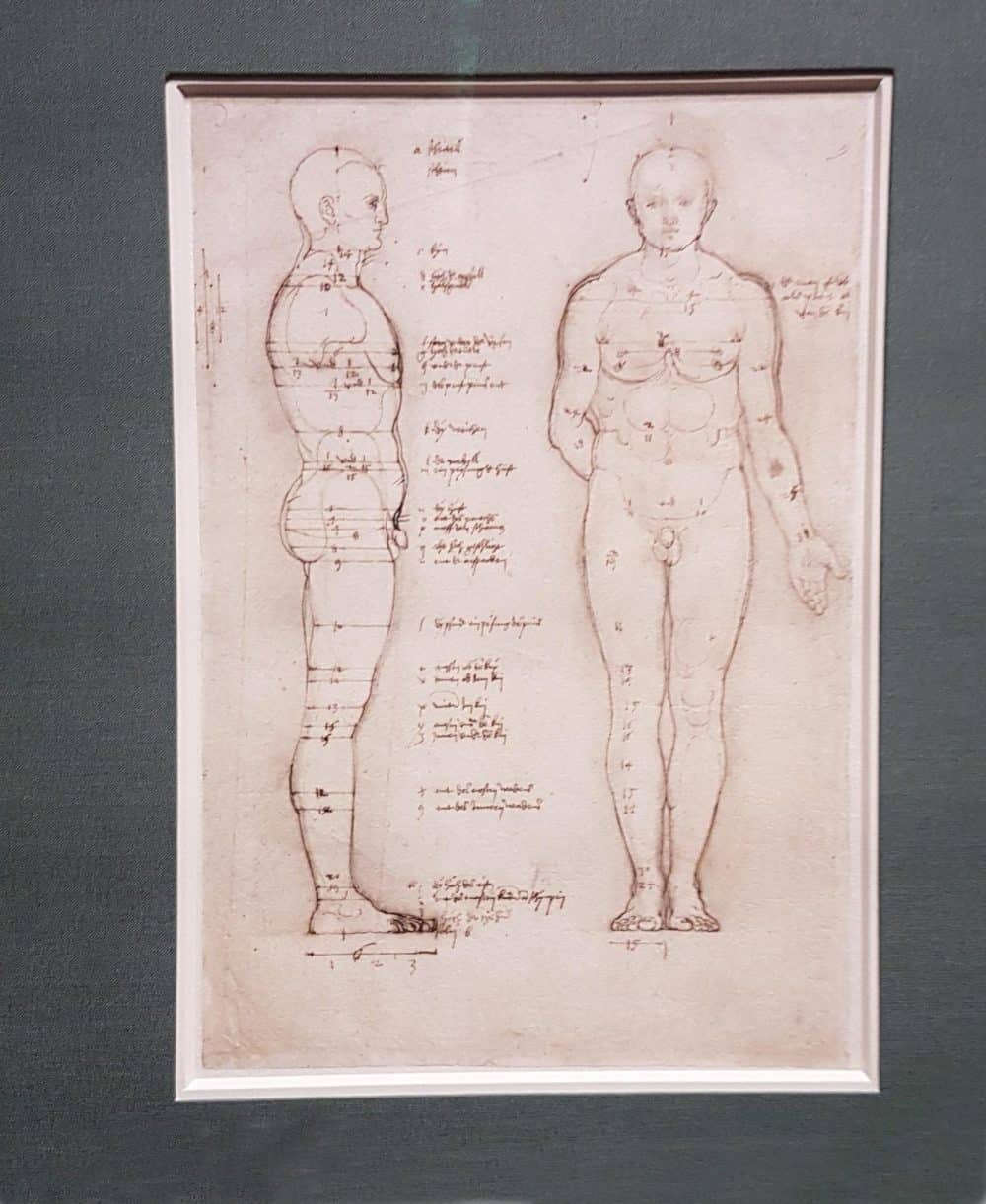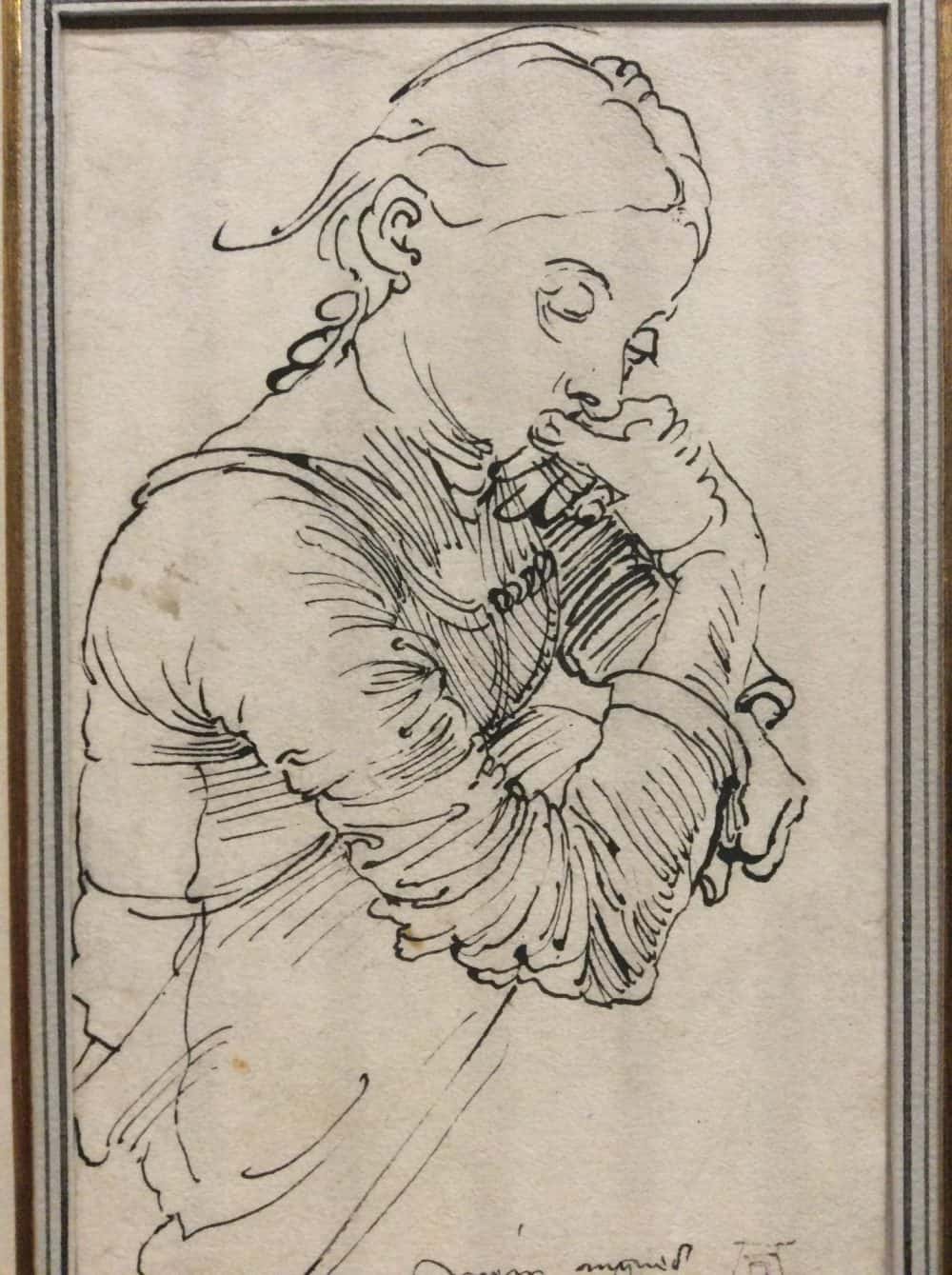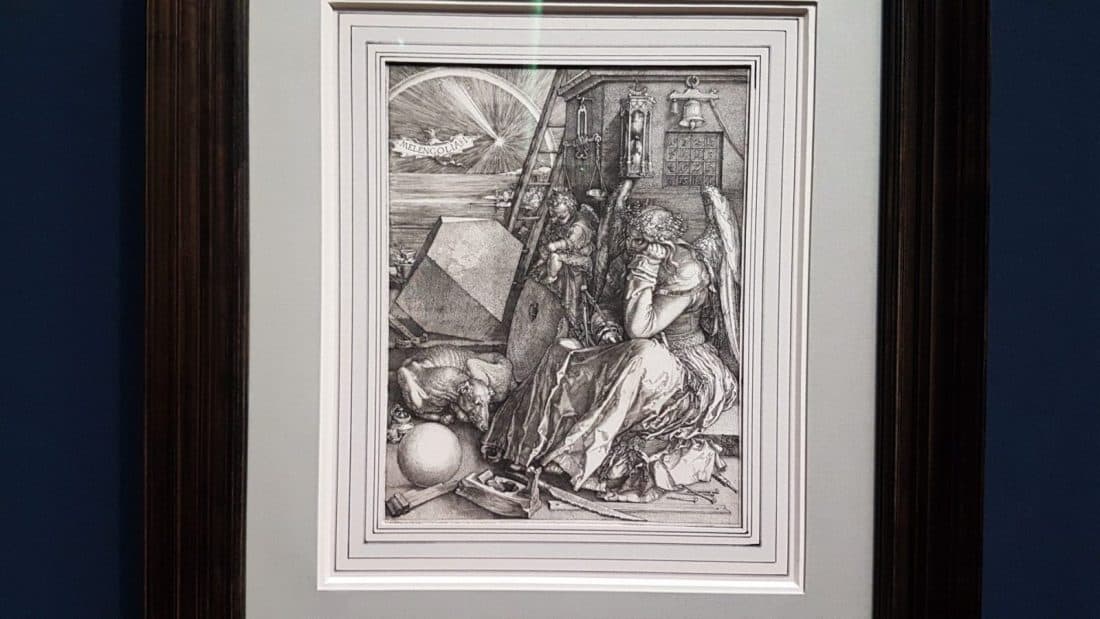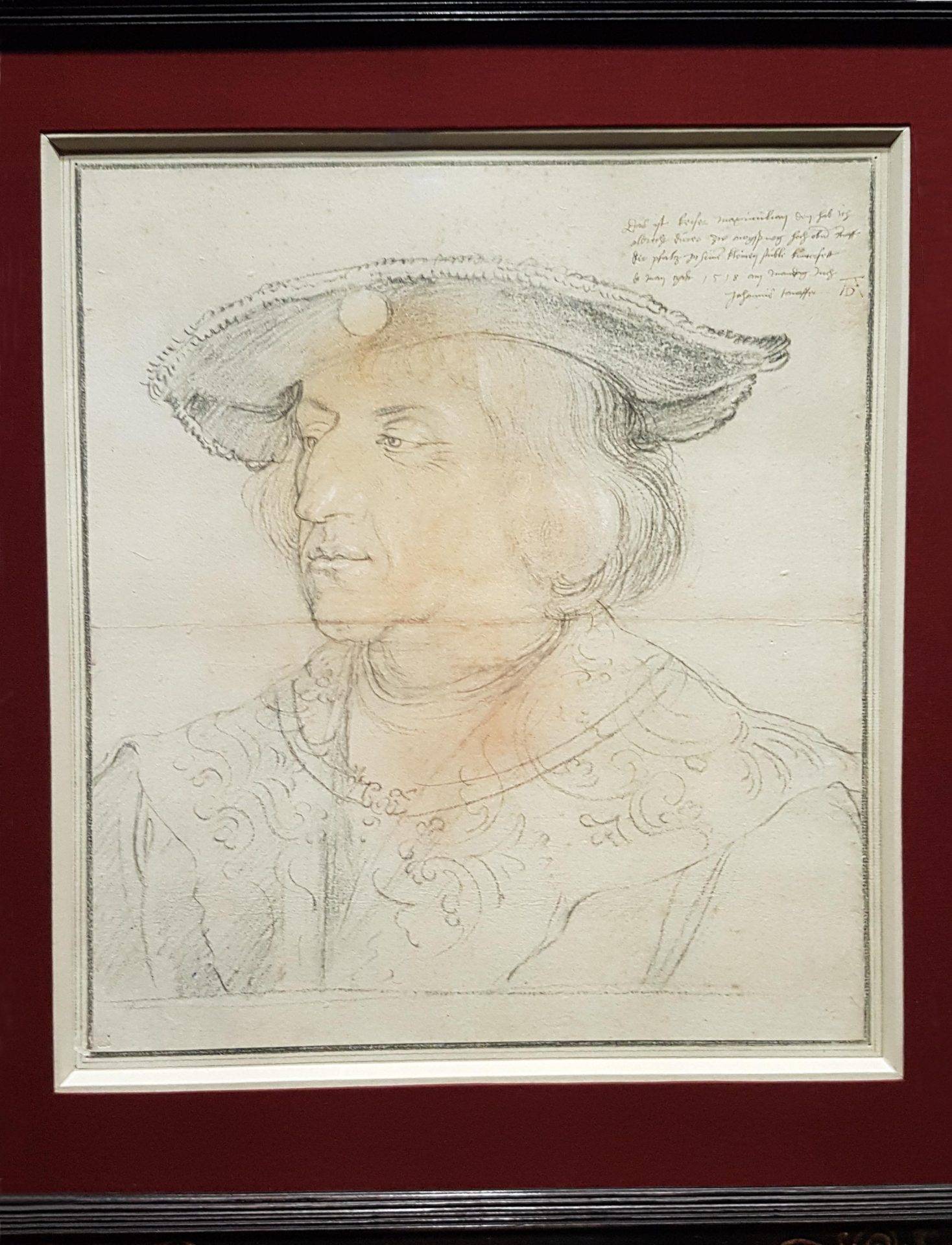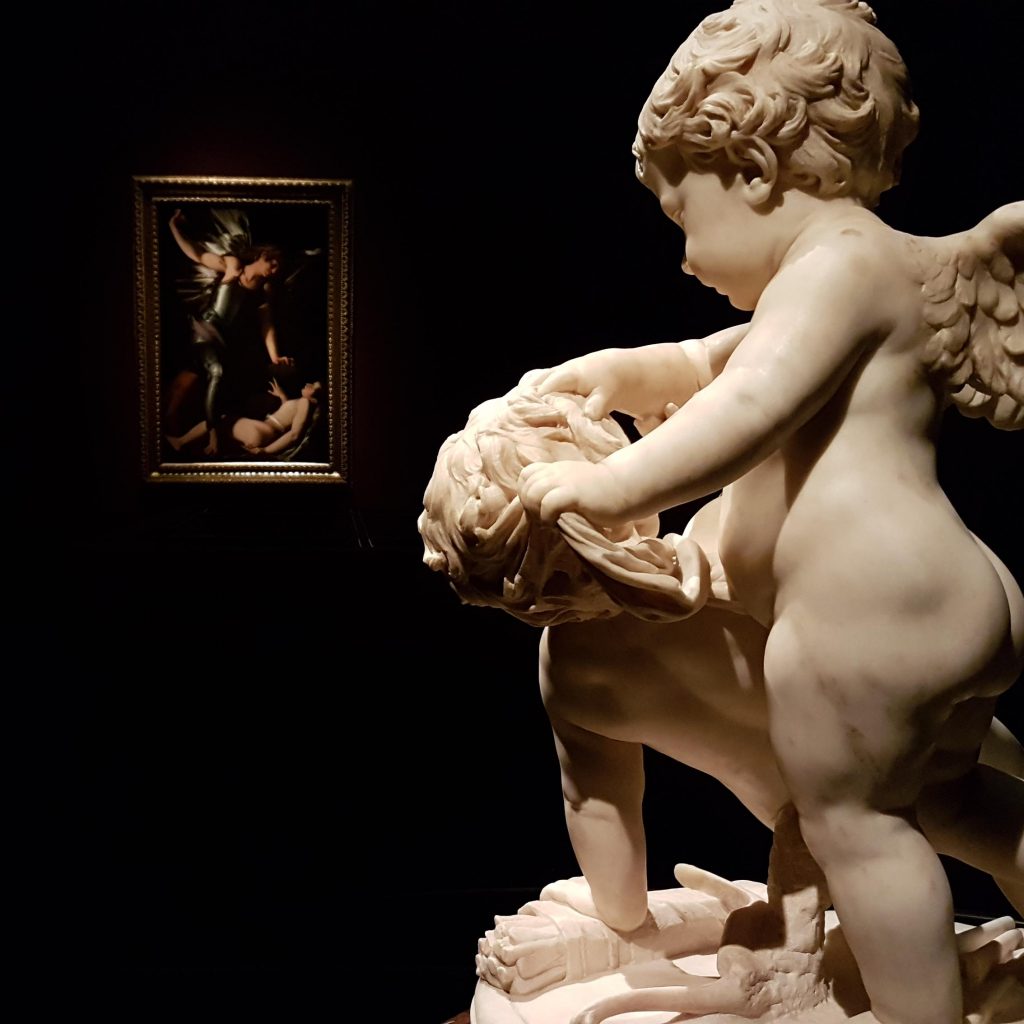Albrecht Dürer’s Exhibition in the Albertina Gallery
Monographic exhibition of the Northern Renaissance genius
Albertina possesses the third of all Albrecht Dürer’s surviving works. So this part of the collection is one of the most valuable both in Albertina’ and generally in the world. The current exhibition is the third in the last fifteen years. But presenting Dürer’s works to the public is always a winning number, as it invariably causes the audience’s excitement. Which, of course, only natural, because not every artist is considered a genius of the Northern Renaissance.
Engravings, etchings and drawings of the master make up the bulk of works at this exhibition. Firstly, because Albertina’s own collection consists exclusively of graphics and drawings, and, secondly, because it is the technique of engraving that Durer brought to an unprecedented level of mastery. Therefore, the paintings at this exhibition are colourful, but rare spots that attract much of the audience’s attention. Even two of them — The Virgin and Child (‘The Madonna with the Iris’) and Feast of Rose Garlands — do not belong to his brush at all. But since Dürer was the first artist to put forward the idea of the primacy of idea over execution, this substitution is probably appropriate in his exhibition.
There is no a piece by Dürer that one — expert or amateur — considers being “the masterpiece” and that is not in this exhibition. Praying Hands is here, Melancholia is here, Rhinoceros is here, and Adam and Eve is here, even with preliminary drawings and test prints.
The exposition is arranged chronologically from the first self-portrait to an edition of Dürer’s treatises and a photo of his grave. Which is understandable, hence chronology gives a clear narrative for the general public to follow. A curator Christoph Metzger departs from this principle only ones, in the first room. Here, the exhibition centre is bild about the Self-portrait Nude from Weimar. And this drawing, more than any other work, underlines the contemporary vision of the author, who portrayed himself as a person can do today, but not in the 15th or 16th century.
The exhibition successfully shows the integrity of the Dürer’s ouvré and the Four Horsemen of the Apocalypse and The Whore of Babylon hanging next to the full edition of the full edition of The Book of Revelation, while the Women’s Bath hangs next to the Men’s Bath.
The largest crowd of spectators stands in the watercolour room. Usually these works – Young Hare, The Great Piece of Turf and Wing of a Blue Roller – are presented in the State Rooms of the museum only in copies. To see these masterpieces at rush hour one has to stand in a separate queue. And for visual gourmets, the whole series of the Green Passions and sketches to Heller’s altar are presented.
This is an exhibition of absolute masterpieces, and it cannot but arouse delight. But I am sure that it will give very special pleasure to those who enjoy intellectual plays. And also for those who have at least some idea of the technology of artistic skill and are willing to look at every autographed sheet by the extraordinary artist Albrecht Dürer.
Albertina
Address: Albertinaplatz 1, 1010 Wien
The exhibition is on display until January 19, 2020, daily from 9 am to 6 pm, We – Su until 9 pm.
Website of the exhibition
You may also find interesting:

